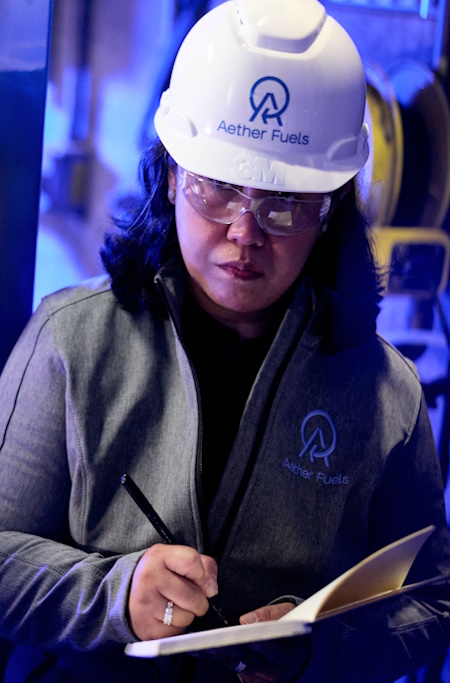Our work
CTRF: Supercharging Nature for CDR
Simply put, carbon dioxide removal (CDR) is the “net” in Net Zero. It’s practically impossible to avert the climate emergency and meet the UN’s 2050 target without finding credible ways to start removing CO₂ from the atmosphere at the gigaton level annually, in the next 10 years. To date much of the conversation and focus on CDR has focused on just one mechanism – direct air capture (DAC) – leaving nature-based and biology-led approaches to carbon sequestration out of the spotlight.
Yet these novel approaches, like engineering crops to fix more carbon, enhanced-rock weathering, harnessing microbes that break down methane, and many others, could offer faster, cheaper and more sustainable routes to scale atmospheric drawdown at the planetary level we need. The Carbon Technology Research Foundation’s (CTRF) challenge to Diffusion was to introduce this emerging and potentially hugely impactful application of biotechnology, to build trust in the foundation’s philanthropic model, and therefore help attract a new wave of donors who believe nature has the potential to unlock climate solutions.
Insight & Implementation
Founded in 2021 and headquartered in Oxford, CTRF exists to accelerate imaginative and pioneering early-stage biotech research that has the potential to “supercharge” and unlock nature’s own carbon removal pathways. It works with leading academic institutions and labs across multiple disciplines globally, to fund the most promising potential breakthroughs in climate science. From our conversations with journalists and commentators covering science, technology, sustainability and climate change, it was clear that CTRF was not yet on their radar, and more importantly, neither was the potential of biology-led carbon removal. To build credibility and attract future funders, we knew we had to first help to educate the media and opinion formers, excite them about the science, and position CTRF as a serious force for climate innovation.
Impact & Action
At the start of 2025, we began by spotlighting the scientists behind CTRF’s funded projects. A profile of Dr. Jessica Swanson and Dr. Mary Lidstrom in New Scientist showcased their work on methane-eating microbes. We then worked with Professor Luke Mackinder to secure coverage of his plant-based CO₂ capture research, securing coverage in media including Carbon Pulse. To raise CTRF’s voice in the wider climate debate, we also news-jacked timely developments such as the Climeworks DAC technology controversy, securing media and podcast opportunities in Future Net Zero and Wicked Problems to discuss the untapped potential of nature-based CDR.
These placements helped raise CTRF’s visibility across science, climate and innovation media, built early credibility with key audiences, and laid the groundwork for future donor engagement. Most importantly, the campaign has begun to reframe the carbon removal conversation, showing that nature-based and biotech-led research is not just viable, it’s vital in expanding the range of solutions at humanity’s disposal to combat climate change.
